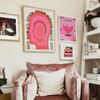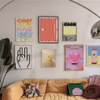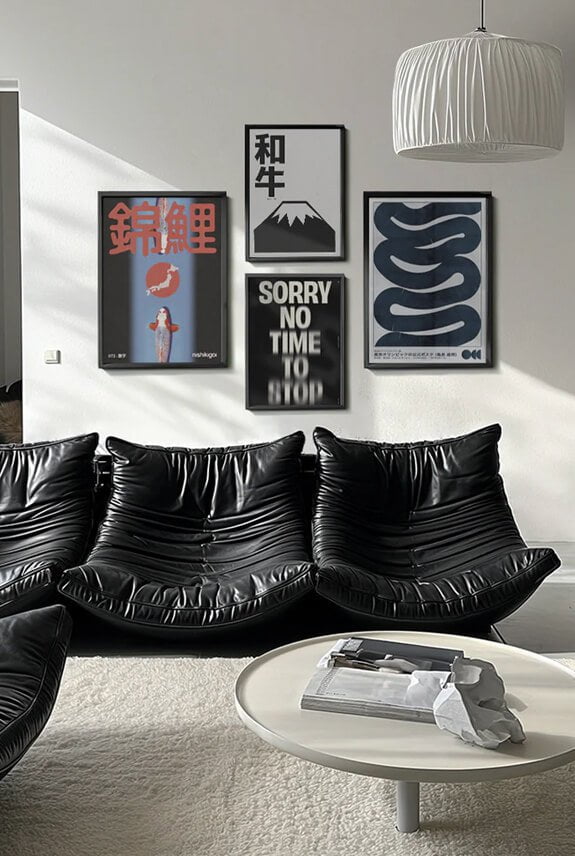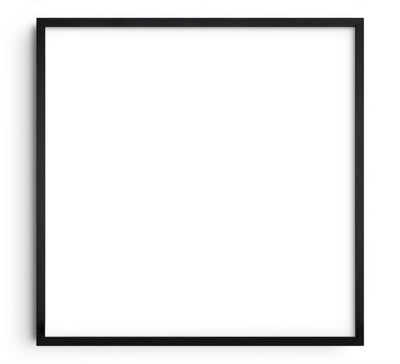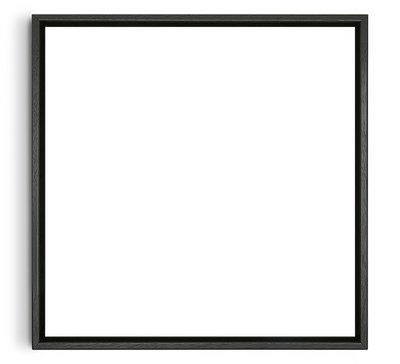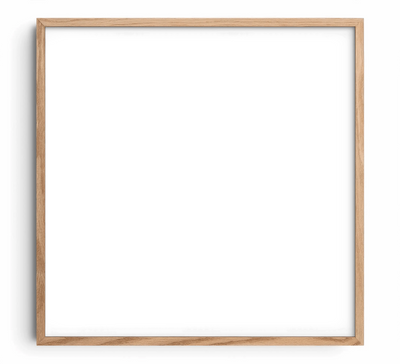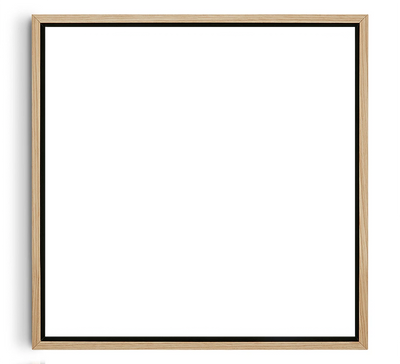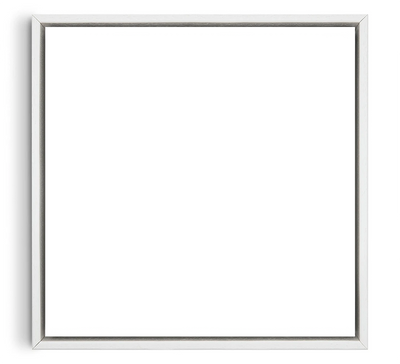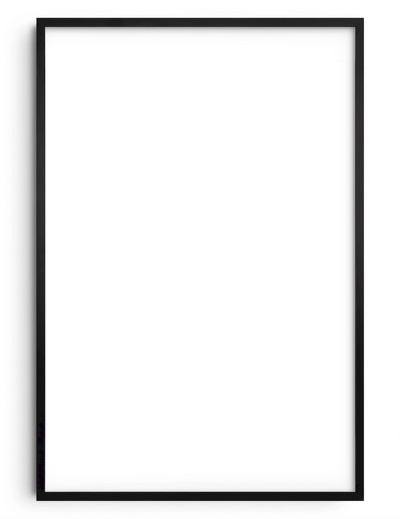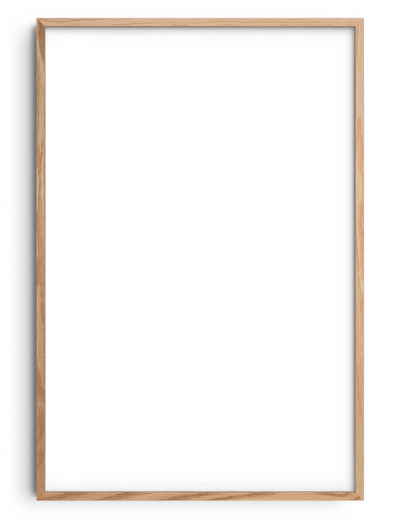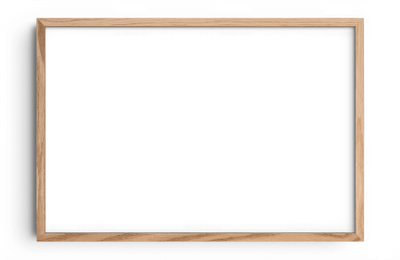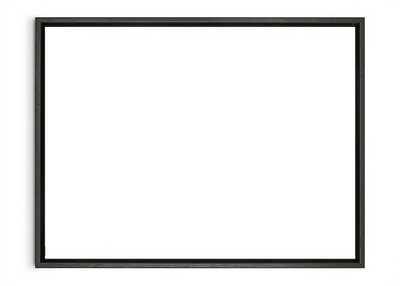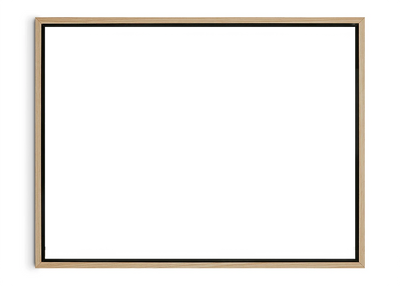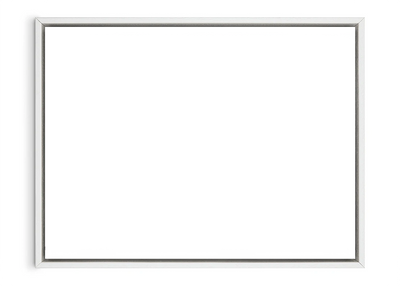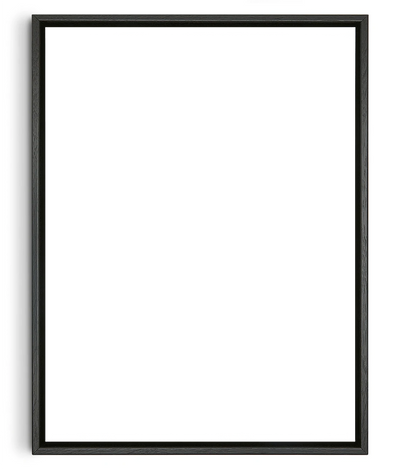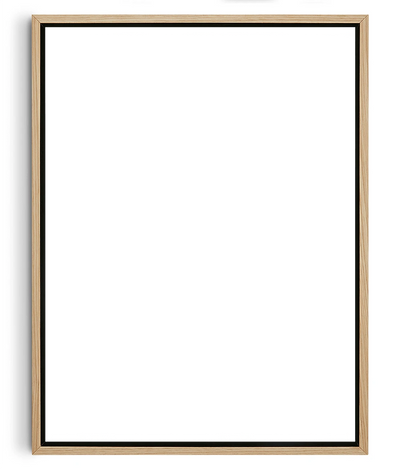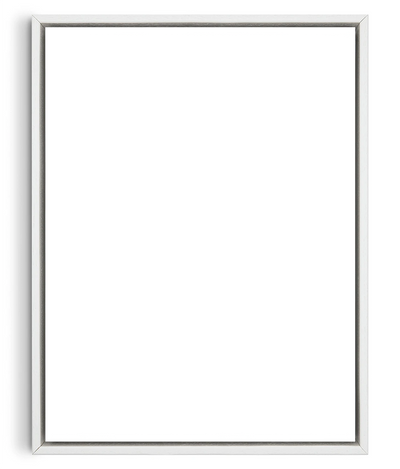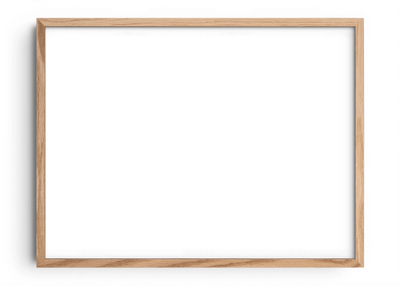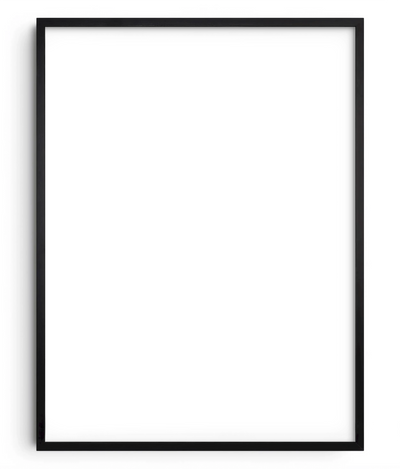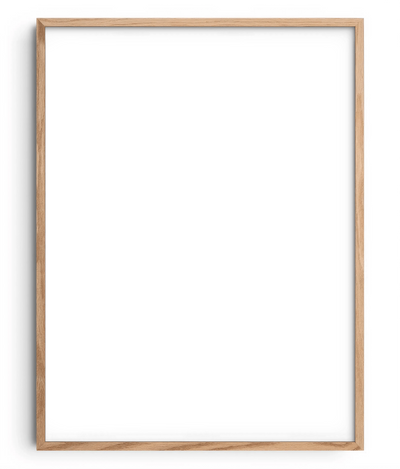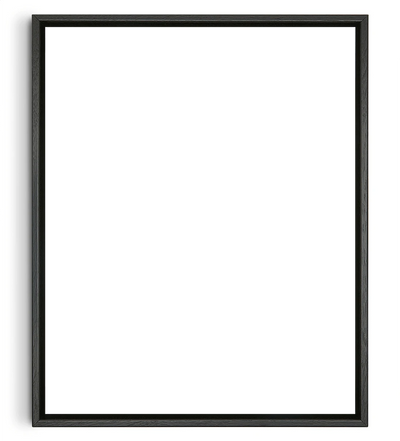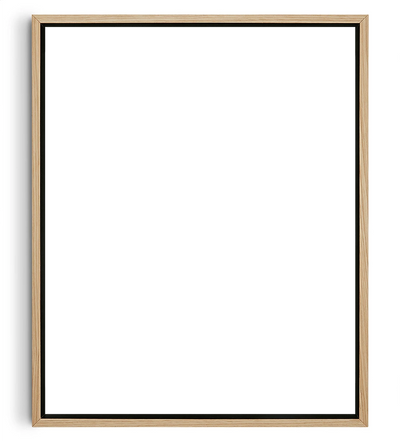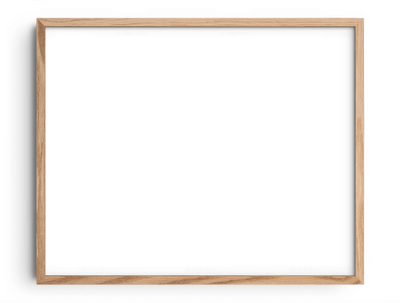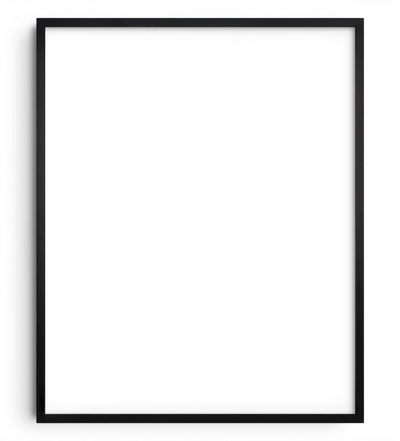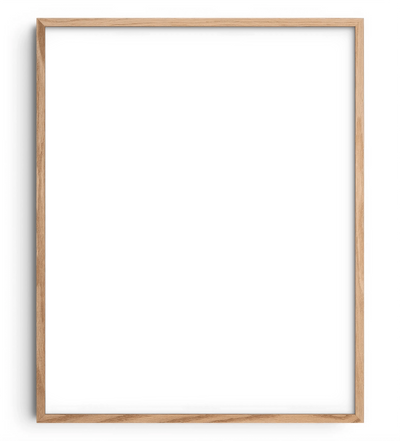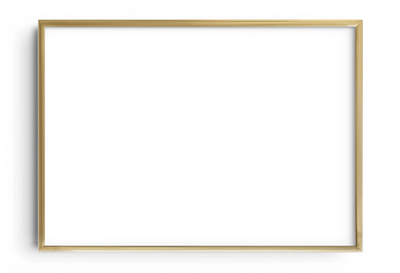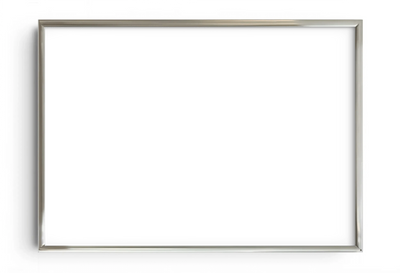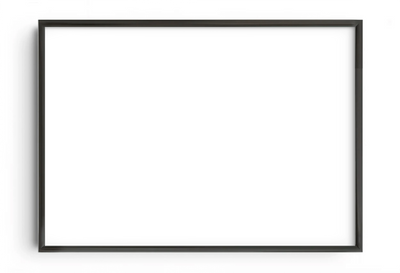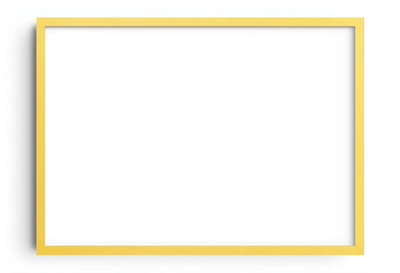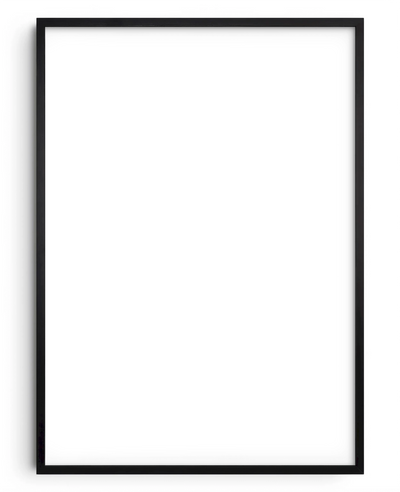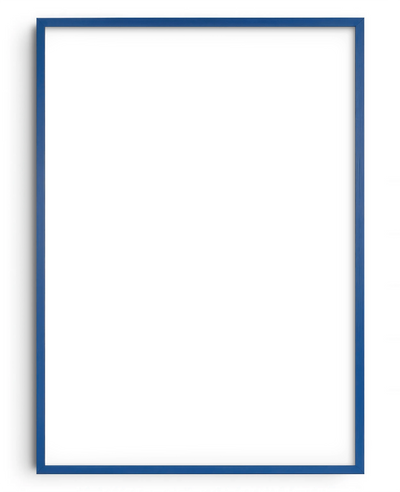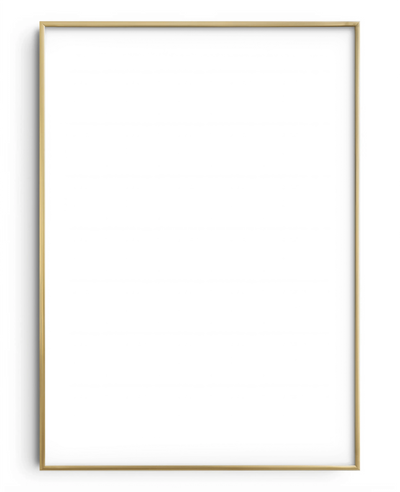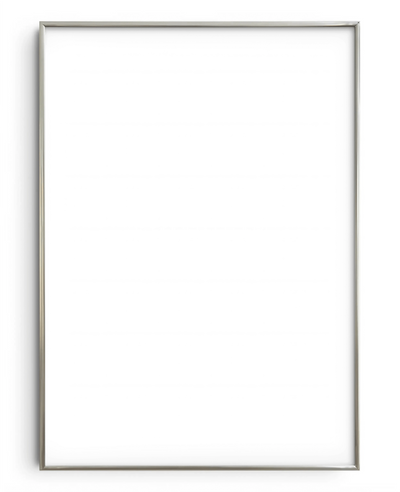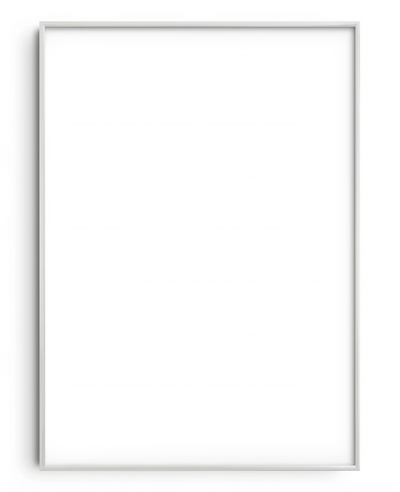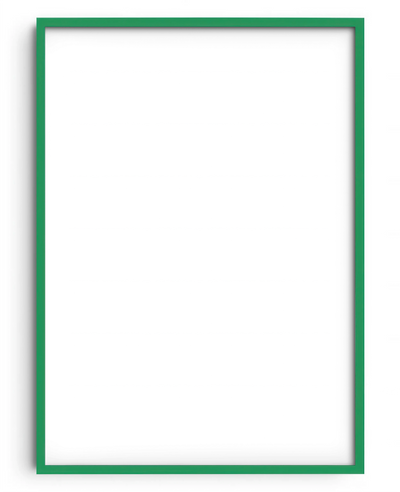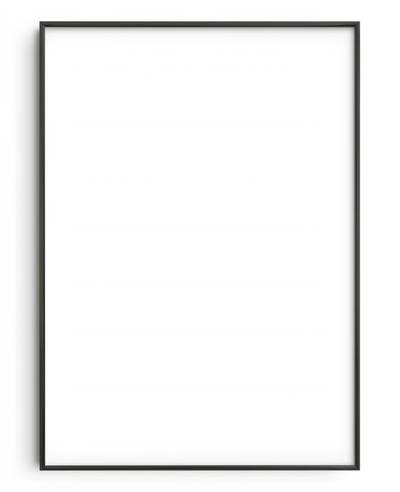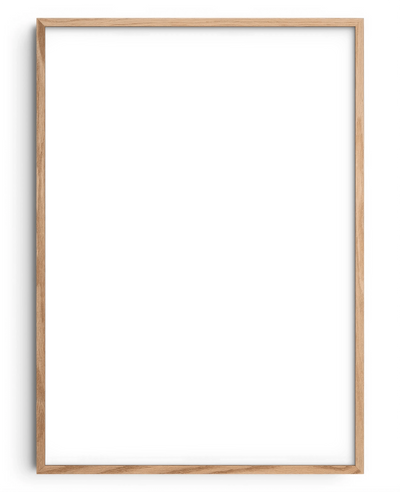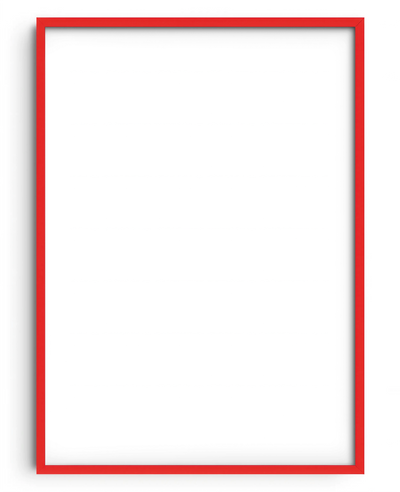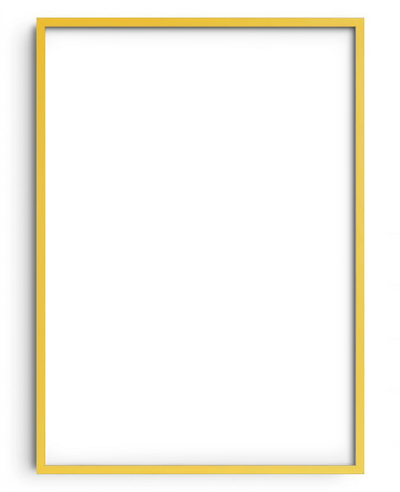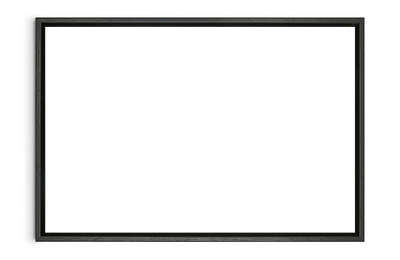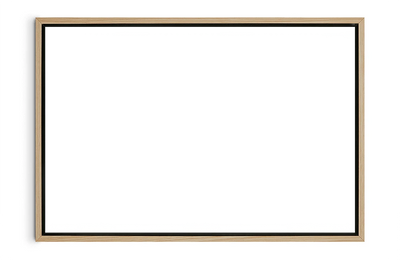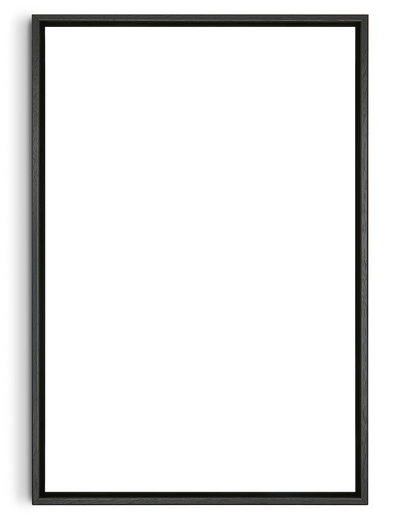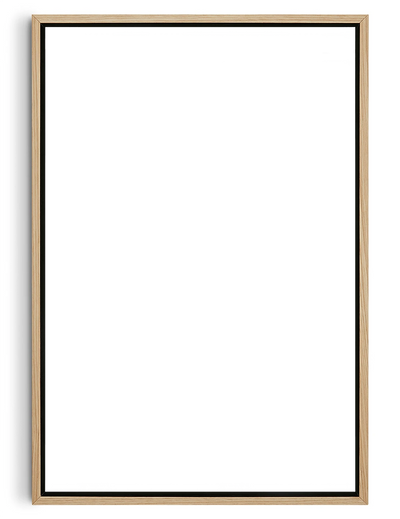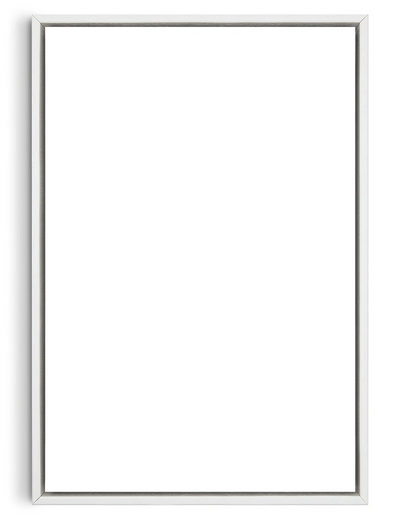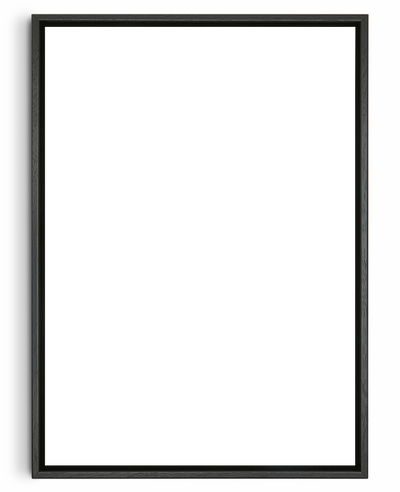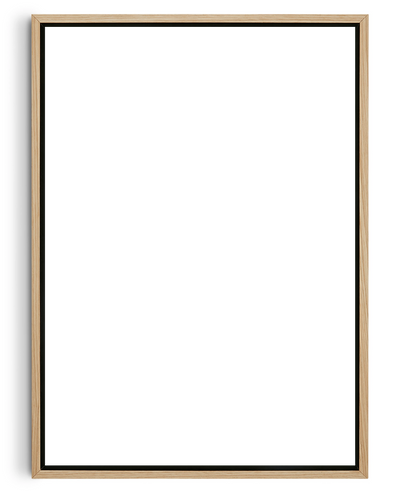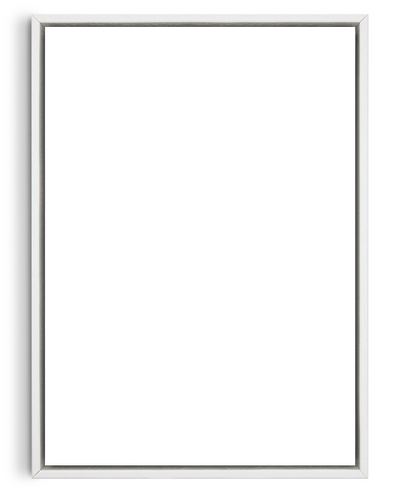Experimenting with colours while working on your home’s interior design doesn’t always have to end with an eyesore or a mishmash visual effect that you’re not comfortable with. In fact, it’s entirely possible to mix and match colours for the different elements in a room and achieve a result that’s easy on the eyes—especially if you make an effort to follow tried-and-tested colour theory principles.
Simply put, colour theory refers to how colours work together and how different colour combinations can impact a person’s perceptions and feelings. Artists, interior designers, and other professionals in the creative fields often use established colour theory principles like the colour wheel in their work, and you, too, can refer to it as a form of shorthand for experimenting with your décor. Here are some cool suggestions from art platform DROOL Art that will make your colour theory experiments both fun and rewarding:
1) Try Creating an Accent Wall

Perhaps the most straightforward way of experimenting with colours in your home is to create an accent wall that will contrast with other walls painted in your home’s main colour. Test your hypothesis of how your choice of colours can affect your feelings and appeal to your preferences by choosing a bold, contrasting colour for a particular wall in your home. This will draw attention and create a striking focal point for the eyes of any viewer.
For instance, a deep navy blue wall in a living room with otherwise neutral tones can add depth and drama to the space. Alternatively, try a gradient or ombre effect in which the colour transitions smoothly from one shade to another. This can be particularly striking in a bedroom or hallway and add a touch of artistic flair to the space without overwhelming inhabitants or guests.
2) Use Complementary Colour Schemes

Complementary colours are those that lie opposite each other on the colour wheel. Using this colour scheme can inject vibrancy into your interiors, and you’ll be surprised at how relatively simple colour pairs like blue and orange or red and green can create a lively, dynamic atmosphere.
For example, in a dining room, painting the walls a rich terracotta and accenting with teal upholstery or table settings can create a balanced, yet stimulating environment that’s a pleasure to unwind in. You can also feature a peach-coloured gallery wall that displays high-quality contemporary art prints, typography posters, or even skateboard wall art in turquoise. Take note, however, that when using complementary colours, you should aim to balance them in equal proportions to avoid one colour overpowering the other.
3) Experiment with Monochromatic Palettes

Sticking to a monochromatic palette means using different shades, tints, and tones of a single colour. Why not try this approach to create a serene and cohesive look in your space?
A bathroom that makes use of various shades of blue—from a pale sky blue to a deep navy—can evoke a deep sense of calm and relaxation, for one. The colour scheme is a fitting choice, considering that the bathroom serves as a place of peace and respite for many people.
To add further interest, incorporate different textures and materials within the same colour family, such as glossy tiles, matte paint, and soft towels. These elements can help create a rich, layered effect in what is typically a small room.
4) Explore Analogous Colour Schemes

If you want to combine colours that are positioned next to each other in the colour wheel, then you’ll be served well with an analogous colour scheme. Examples of these colour combinations are blue, blue-green, and green. Just like a monochromatic colour scheme, this method will produce a harmonious and pleasing look.
Let’s say you’re updating the look of your living room and using analogous colour schemes to do the job. Achieving your goal for the space may involve choosing a blue sofa, green cushions, blue-green curtains, and monochrome art prints and posters in teal. There’s an abundance of modern monochrome and minimalist posters designed by emerging local creatives on DROOL.
In addition to high-quality posters that are available in a wide range of colours, DROOL also offers a variety of choices for the frames. The subtle transitions between the prints and the frames, coupled with the colours of the other elements in the room, can easily create a unified and soothing atmosphere.
5) Implement Triadic Colour Schemes

Another colour scheme you can look into is the triadic colour scheme. This scheme uses three colours evenly spaced around the colour wheel, and it typically results in a balanced, yet vibrant design.
Incorporate red, yellow, and blue in a child’s playroom to evoke the liveliness and energy that’s characteristic of young children. To keep the design balanced, use one of the colours as the dominant hue and the other two as accents. Hang sky-blue wallpaper and accentuate the space with photos and whimsical art prints of your child’s favourite things in red and yellow.
6) Incorporate Neutrals

Neutral colours like white, grey, beige, or black can all contribute to the creation of a space with a timeless and elegant look. These colours often work to balance out bolder colours and make them stand out more without necessarily overwhelming the room.
For example, using neutral colours as the base of a living room’s interior design means that you can instantly refresh the space with colourful accessories like pillows, rugs, and artwork.
7) Use Lighting to Influence Colour

Lighting plays an important role in how colours are perceived in a room. Warm lighting, which emits yellow or orange tones, can make a room feel cosy and inviting, while cool lighting, with blue tones, can give a space a modern and energetic vibe.
Knowing this, you can experiment with coloured LED lights to transform the mood of a room without changing its physical décor. Try, for example, using soft pink lighting in a bedroom to create a calming and romantic atmosphere.
8) Choose Colourful Furniture and Accessories

Don’t hesitate to select furniture and accessories in bold colours to make a significant impact in your room of choice. A bright red sofa and a set of turquoise dining chairs can serve as statement pieces and add personality and vibrancy to a living room or dining area. The same can be said of colourful pillows, throws, and rugs. Mixing and matching furniture and accessories in different colours can result in an eclectic and playful look that makes your space both memorable and a joy to be in.
Guided experimentation with colour theory in interior design can lead to surprisingly pleasant and intuitive results. Should you need high-quality art prints and posters to help you achieve your goals for your interior design experiments, check out our curated artwork collection at DROOL. You might just be able to discover unexpected harmonies and contrasts in our prints that can help you bring out the best vibes in your home.






















